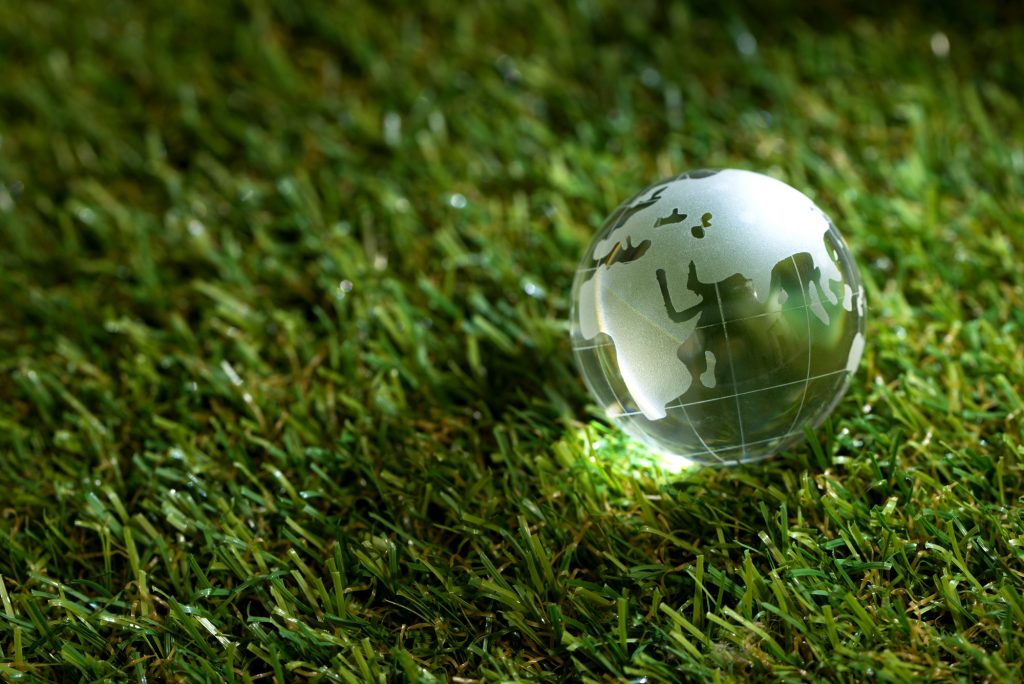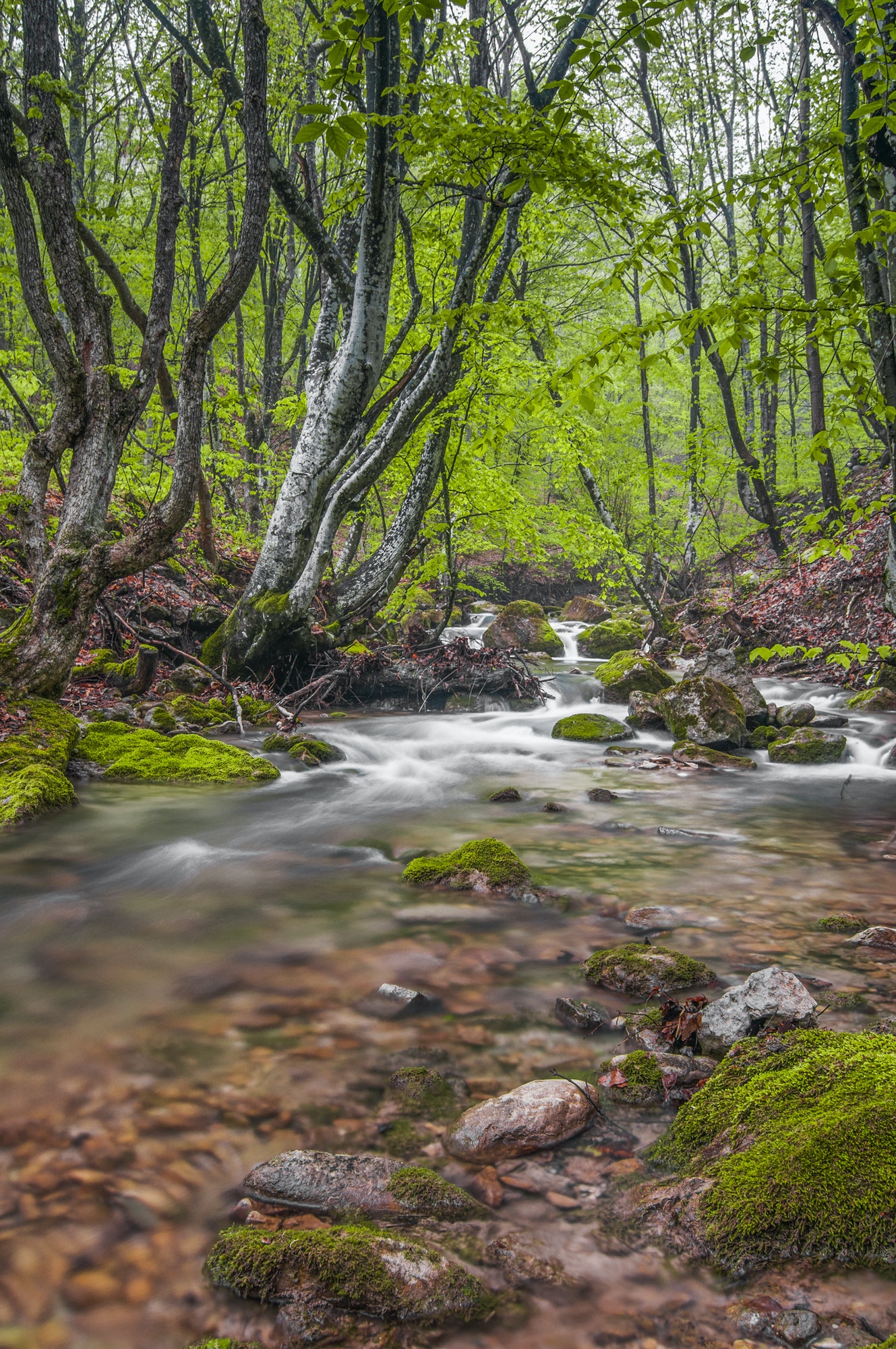Princes Gate: We’ve got a refreshing new look with our natural drop of Wales
Our member Princes Gate has exciting news about their identity: A new year, the
Framework legislation includes:
Natural Mineral Water and Spring Water: Directive 2009/54/EC of the European Parliament and of the Council on the exploitation and marketing of natural mineral waters, sets the requirements for the exploitation and marketing of natural mineral waters and spring waters. This specifies their safety requirements and mandatory controls.
In the UK, this is also covered by The Natural Mineral Water, Spring Water and Bottled Drinking Water Regulations 2007.
The Drinking Water Directive (DWD), Council Directive 98/83/EC, sets quality standards for drinking water quality at the tap (microbiological, chemical and organoleptic parameters) and the general obligation that drinking water must be wholesome and clean.



Our member Princes Gate has exciting news about their identity: A new year, the
This month, Nestlé Waters celebrated World Environment Day by creating greater awareness of the
A project to restore the natural habitat of the River Ecclesbourne and support the
Blackford 30h March 2023: Highland Spring Group, one of the UK’s leading producers of

Copyright © 2022. All rights reserved.